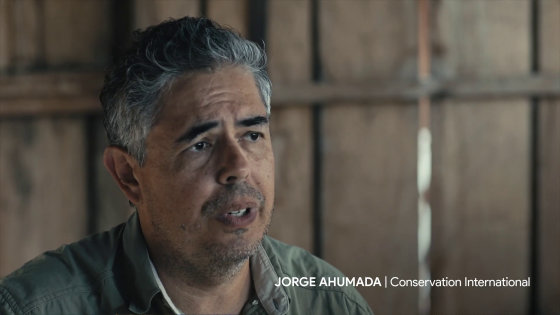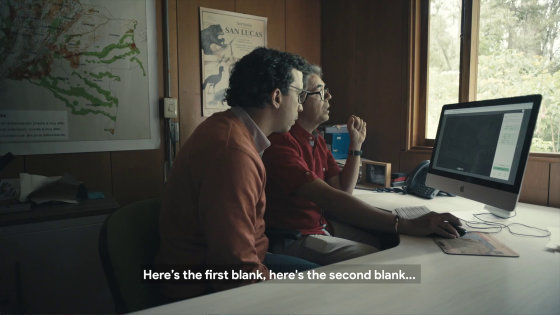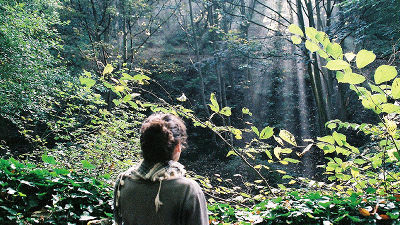What is “Wildlife Insights” where Google identifies and labels wildlife at 3000 times the speed of experts?

The location of wild animals is extremely difficult for the human naked eye, so it is possible to take pictures of animals using a motion-activated camera installed in nature. However, since the camera may accidentally shoot the leaves swaying in the wind, and wild animals may be hidden in the shadows, researchers have traditionally identified and labeled animals in the image. I spent a lot of time. Google has entered this field and is able to work 3000 times faster than experts with the power of AI.
Using AI to find where the wild things are
According to the World Wildlife Fund, the number of vertebrates has declined by about 60% since 1970, and according to the United Nations assessment, 1 million species have been threatened with extinction as of 2019. Many of them are considered extinct. In order to protect wild animals, Google conducted an attempt to capture 4.5 million wild animals with a camera using a motion-activated camera with organizations such as Conservation International . All the photos taken belong to Google's cloud-based platform “ Wildlife Insights ”, and it is said that AI can perform photo analysis from monitoring seamlessly and quickly.
Wildlife Insights photos and aggregated data can be seen by people around the world. Google says this will change the way the sanctuaries are managed and make it easier for local people to protect wildlife.
You can see how Wildlife Insights is actually used from the following movie.
Wildlife Insights: Saving Biodiversity with Tech and AI-YouTube
“If someone enters the forest, that person will miss 90% of the wild animals that live in the forest. Animals recognize human existence faster than humans through sounds and smells,” he says. Is Jorge Ahumada from Conservation International. For this reason, it is difficult for people to know the correct habitat for wild animals.

However, if a motion-activated camera is installed in the forest, there is no need for humans to be present, so there is a high possibility of capturing wild animals.

Two researchers staring at the video taken by the camera.

The motion activated camera looks like this. It's about the size of a palm and has a strap on the back so you can attach it anywhere in the forest.

State during installation. A lot of information about wild animals can be obtained by installing cameras and sensors.


“The camera enabled us to get high-quality and timely information,” says Angelica Diaz-Pulido. This makes it possible to create an index of wildlife protection and to prevent negative effects. “This is very big,” said Diaz-Pulido.

In history, the earth has experienced five

One camera takes as many as 150,000 photos per month. Millions of photos are taken annually and shared with researchers around the world.

However, in the photo that was just taken, the animal was hidden in the fold. In addition, the camera may mistakenly photograph plants that sway in the wind, and it is difficult to find animals correctly from these photos. Traditionally, this work was done manually, but Google's AI can detect wild animals from uploaded photos and gain insight into the species population. In addition, because images can be filtered by species, country, and year, management and analysis can be performed very smoothly.

Traditionally, such work has been done manually. Experts can label 300-1000 images per hour, but Wildlife Insights can make this 3000 times faster and analyze 3.6 million photos per hour.

Species identification is a difficult task for AI, but Google's AI identifies 98.6% of the 614 species trained, such as jaguar, white peccary, and African elephants. Another important point is that it can detect mis-photographed images with no animals, so that researchers' time is not wasted.

Related Posts:







